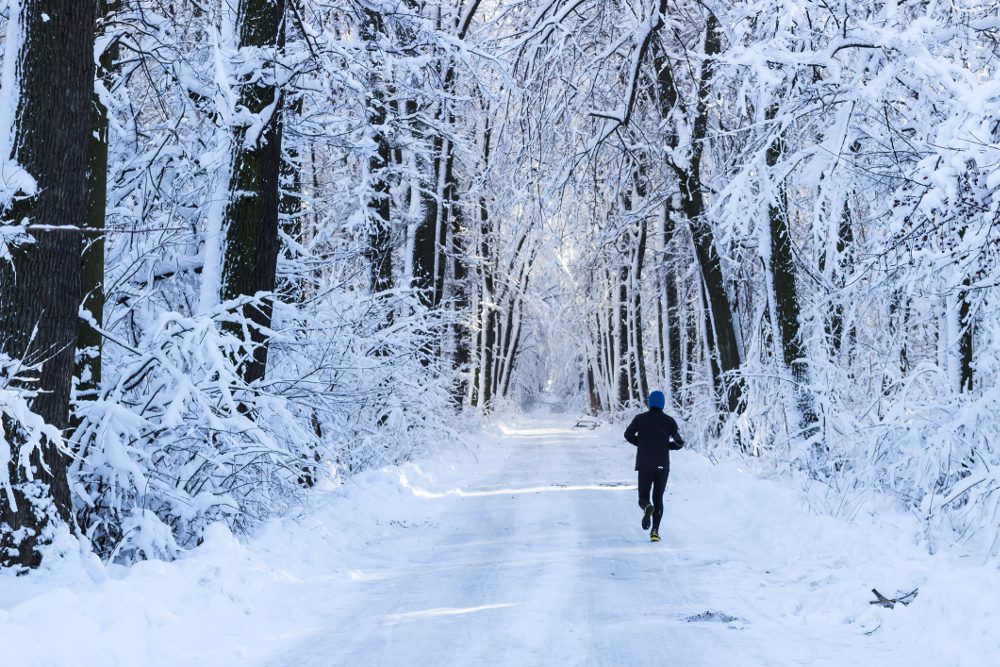Winter running injuries to watch out for


Winter running is upon us and with it comes unique and sometimes treacherous conditions. Slippery surfaces, harder ground and cold, wet weather create a unique environment that increases a runner’s risk of several injuries and ailments. Here’s a list of a number of common winter injuries to be aware of, including why they happen and how best to avoid them.
RELATED: The unseen advantages of winter running and training
Groin strains/pulls: Uneven terrain and wet, icy surfaces mean many more slips, slides and falls in winter. Even the slightest or briefest loss of footing can cause a slightly pulled or strained muscle, particularly in the hip and groin region. Try to find routes that are clear, well lit and have softer, even surfaces. Use Yaktrax, Icetrekkers or Nanospikes to gain extra traction or, if conditions are really bad, consider opting for the treadmill instead. Runners often lack sufficient strength and mobility in the lateral (side to side direction) which is why it’s important to work on your core and hip mobility and flexibility–do bridges, planks, side lunges and squats–when you can to help strengthen this important but oft-ignored area.
Lower leg injury: Hardened surfaces caused by colder conditions put extra stress with each footstrike of the ground. These greater impact forces wreak havoc on the feet and lower legs leading to conditions such as plantar fasciitis, Achilles tendinitis and shin splints. Be sure to properly warm up before you begin your run by engaging in simple dynamic stretching to warm the muscles and increase flexibility. Make sure your shoes are not past their ‘ best before’ date–usually around 750Km–which could mean the cushioning is worn out and insufficient for pounding the pavement. Better yet, invest in a pair that offers added cushioning, support, grip and traction.
RELATED: Nine shoes to help you outrun winter
Knee pain: Hardened surfaces and uneven terrain also put undue stress on the knee joint and its surrounding muscles and ligaments which is why knee pain is particularly bad on cold, wet days and after snowy, slippery runs. Once again, ensure your shoes are well cushioned and not past their prime and try to warm up before and cool down following your run.
Frostbite: This potentially painful condition involves the freezing of skin cells upon exposure to temperatures below zero degrees. This is why covering up with multiple layers and minimizing any/all exposure is essential to avoiding it. Pay particular attention to the hands, feet and face. Also note the wind chill which will make cold temperatures feel even colder. Try to make sure any wind is at your back for the second half of your run so you’ll warm up slightly and not make a bad situation worse. A related area of concern is hypothermia, which occurs when your body is unable to generate sufficient heat. Although rare, hypothermia is extremely dangerous and made worse by damp/moist conditions. In both cases, it’s essential to be properly dressed for the conditions with moisture wicking; wind and waterproof and warmth retaining apparel and accessories.
If and when done right, winter running can be an enjoyable and safe experience.


